1. Chinchilla — The Densest Fur of Any Land Mammal
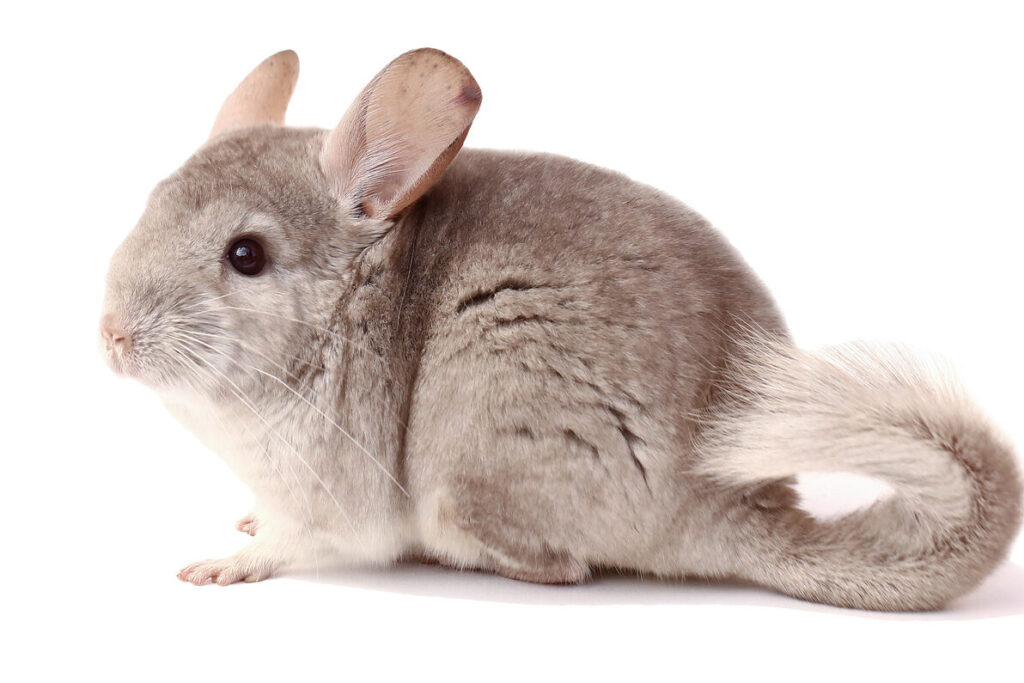
Native to the Andes, chinchillas grow up to 80 hairs per follicle, creating unmatched softness and insulation. This density protects against parasites and frigid mountain air but makes their coats slow to dry. They dust-bathe instead of using water, and their luxurious fur nearly caused their extinction through overhunting. Wild populations remain endangered. More about the softest of any land mammal.
2. Angora Rabbit — Softness Beyond Natural Limits
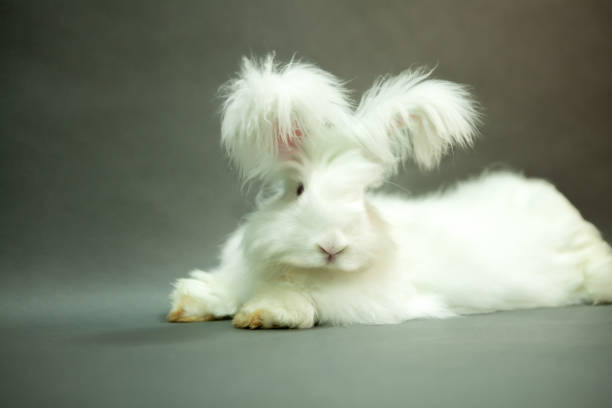
Centuries of selective breeding have produced Angora rabbits with coats so fine and fast-growing they cannot survive without human care. They don’t shed naturally; without regular grooming, their fur mats and can cause overheating. Their legendary softness is human-made, pushing a survival trait into pure domestic luxury. More on the Angora rabbits.
3. Arctic Fox — Insulation for the Coldest Climates
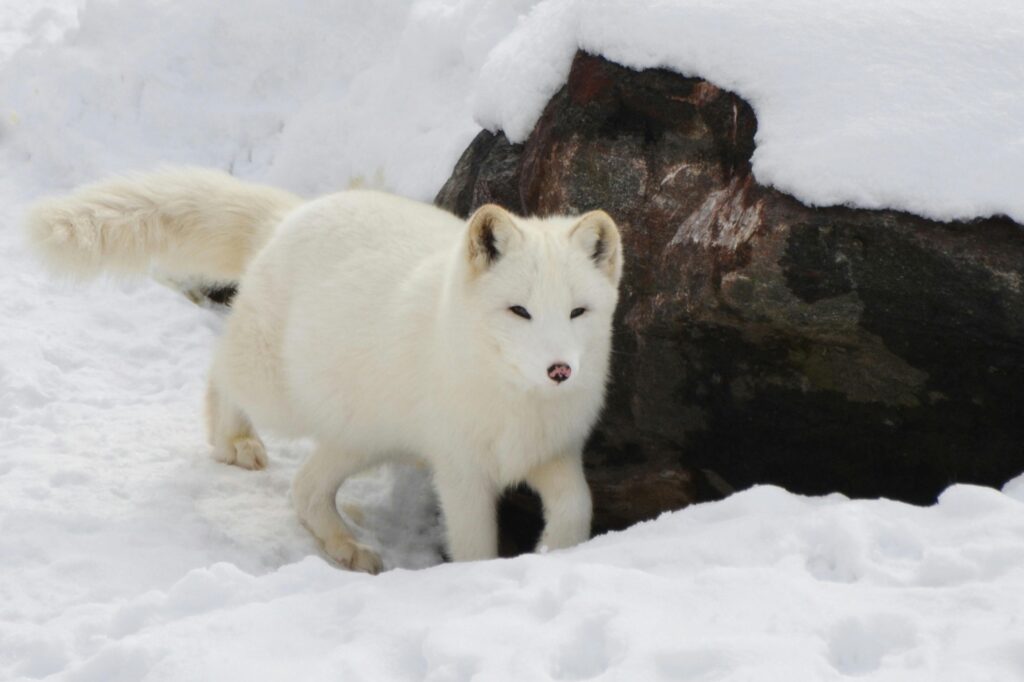
Arctic foxes endure temperatures as low as -58°F thanks to dense, multi-layered fur that also shifts color with the seasons—white for snow, brown or gray for summer camouflage. Their tails serve as both blanket and windbreak. Beneath the plush exterior is a skilled predator adapted to one of the planet’s harshest environments. Remember, Arctic foxes are wild animals, built for survival and you don’t want to get too close if you encounter one.
4. Fennec Fox — Silk-Coated Desert Survivor

This small North African fox has ultra-soft fur for insulation against both desert heat and frigid nights. Even its paw pads are fur-covered, shielding it from scorching sand. Despite their size and charm, fennec foxes are high-energy, wild animals built for survival in extreme, arid conditions. Read some more on the fennec fox.
5. Samoyed — Working Dog with a Hypoallergenic Double Coat
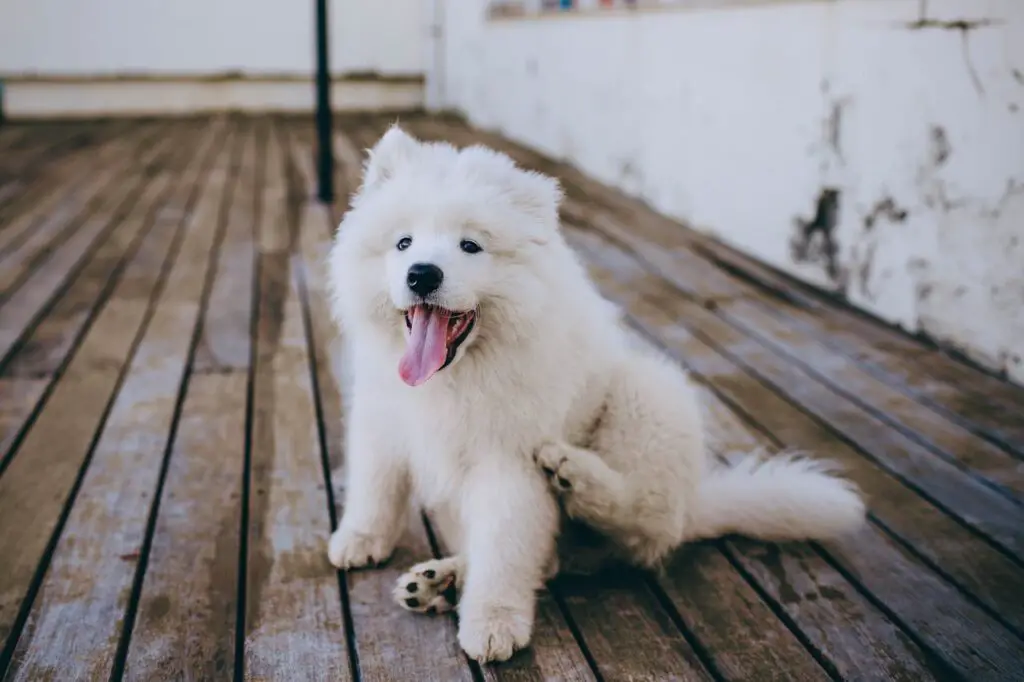
Bred in Siberia for herding reindeer and pulling sleds, Samoyeds have a dense undercoat and soft outer layer that repel moisture and retain heat. Unlike most thick-coated breeds, their fur produces less dander. Beautiful but high-maintenance, they require frequent grooming and ample exercise to stay healthy. And while their signature “Samoyed smile” makes them look eternally cheerful, they’re working dogs at heart, meaning they need plenty of exercise and attention. Their softness is a gift, but it’s not just for human enjoyment—it’s part of what made them one of the toughest, most adaptable dog breeds in history.
6. Red Panda — Arboreal Mammal with Cold-Weather Fur
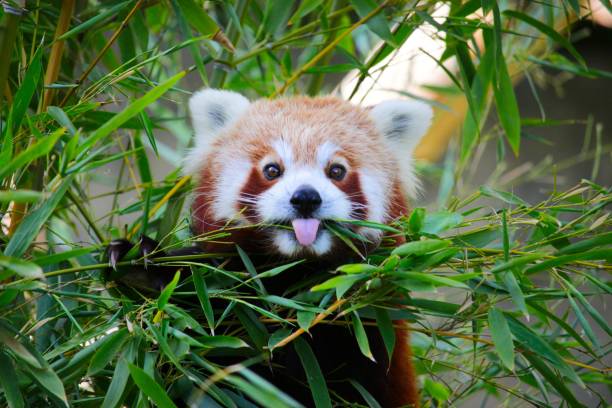
Red pandas live in the cool, temperate forests of the Himalayas and southwestern China. Their thick reddish-brown fur insulates them from cold mountain air, while a dense undercoat keeps heat close to the body. Their bushy, ringed tails serve as balancing tools when climbing and as blankets when they sleep. Although irresistibly cute, they are solitary and can be aggressive if threatened. Habitat loss, poaching, and competition for food threaten their survival, making conservation essential.
7. Clouded Leopard — Camouflaged Jungle Predator
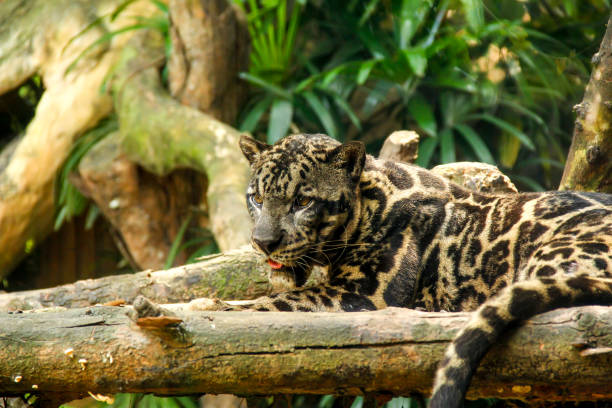
Native to Southeast Asia’s forests, the clouded leopard has a coat patterned with large, cloud-like spots that break up its outline in shifting light. The fur itself is short, dense, and incredibly soft—an evolutionary blend of camouflage and insulation. Agile and muscular, it can hang upside down from branches and even descend trees headfirst. This combination of grace and stealth makes it an apex ambush predator. Sadly, its beauty has also made it a target for poachers, pushing populations toward endangerment despite its adaptability in the wild.
8. Persian Cat — Selectively Bred for Luxurious Fur
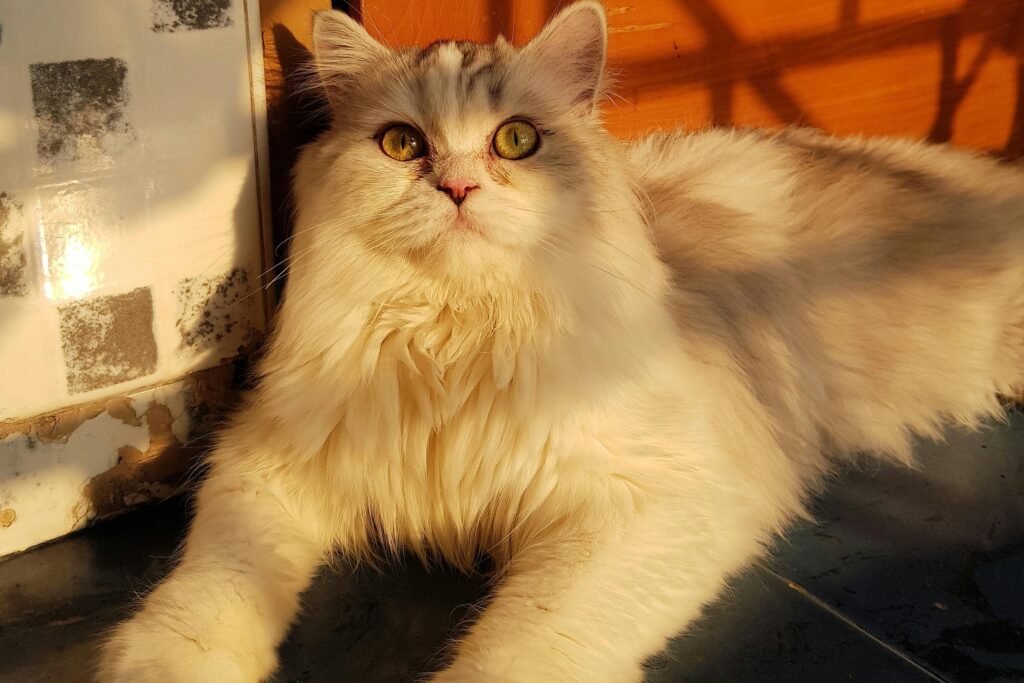
The Persian cat’s long, flowing coat is the product of centuries of breeding for aesthetic appeal rather than utility. Its texture is remarkably fine and silky, requiring daily brushing to prevent matting and overheating, especially in warm climates. Persians are typically calm, affectionate, and sedentary, making them popular companions. However, their coats are high-maintenance, and their facial structure—another result of selective breeding—can cause health issues. Here, softness is ornamental, designed for human admiration, not survival in the wild.
9. Silkie Chicken — Feather Structure Unlike Any Other
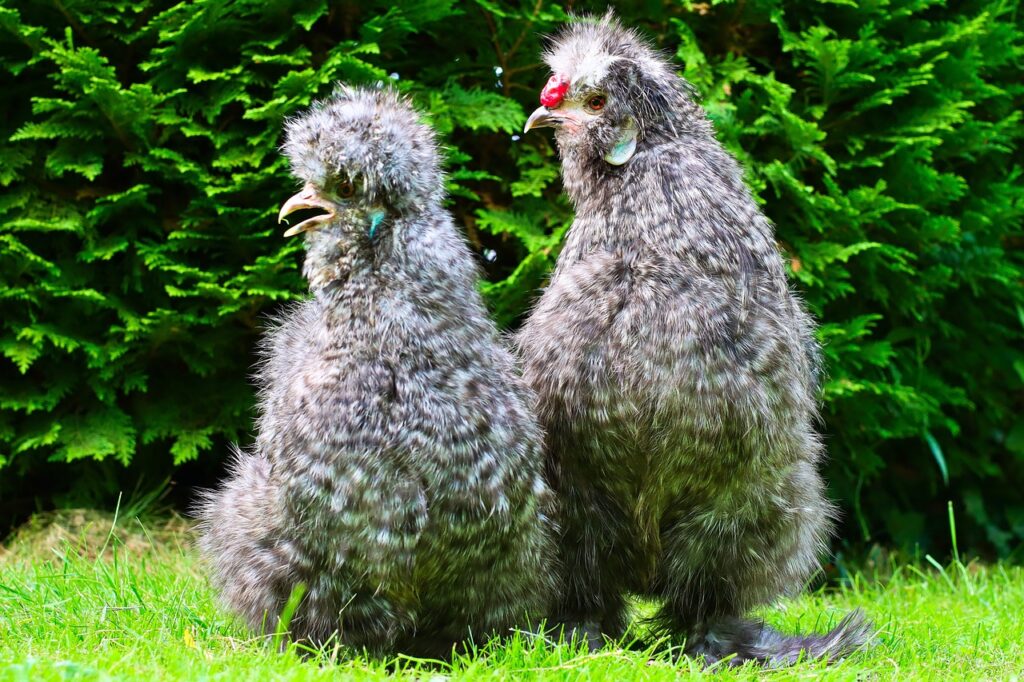
Silkie chickens are instantly recognizable for their fur-like feathers, caused by a genetic mutation that eliminates the tiny hooks (barbicels) that normally hold feather strands together. The result is a silky, loose texture unlike any other bird. Gentle and friendly, Silkies are often kept as ornamental pets and are known for their exceptional broodiness, sometimes incubating eggs from other species. They cannot fly well, are less weather-resistant than other chickens, and rely on human care—an example of selective breeding favoring uniqueness over survival advantage.
10. Japanese Flying Squirrel — Soft-Furred Night Glider

The Japanese flying squirrel is a nocturnal rodent found in subalpine forests of Honshu and Kyushu. Its dense, velvety fur traps heat during frigid winters, while the patagium—a skin membrane stretching between its limbs—enables it to glide distances of up to 160 feet between trees. Large, glossy eyes enhance night vision, and a bushy tail aids in steering mid-glide. Despite its plush, toy-like appearance, it is entirely wild, feeding on buds, leaves, and seeds, and has never been domesticated. Its softness is a byproduct of cold-weather adaptation, not human influence.
11. Mink — Sleek Fur Built for Water and Warmth

Minks have a dense, insulating undercoat beneath glossy, water-resistant guard hairs, allowing them to thrive in cold, wet environments. This fur keeps them warm while swimming and hunting fish, amphibians, and crustaceans. In the wild, it’s a perfect adaptation for semi-aquatic life. Unfortunately, its luxurious texture and sheen made mink fur a cornerstone of the fashion industry, leading to large-scale farming and significant ethical debates. Once a survival tool, it has become a global symbol of wealth, style, and exploitation.
12. Sable — The Luxury Standard of the Fur Trade
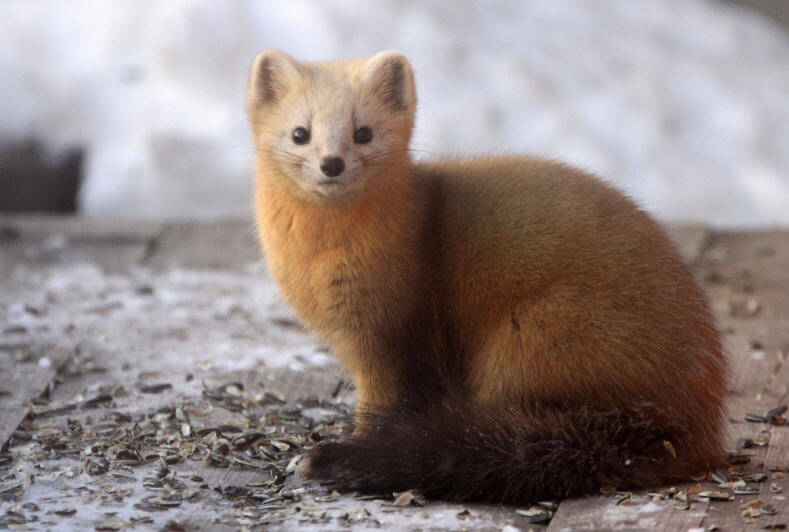
Native to Russia and parts of northern Asia, the sable is known for its exceptionally soft, silky fur with a natural sheen that requires no processing to be valuable. Its dense coat insulates against the bitter cold of Siberian winters, while its rich texture and durability made it a favorite among nobility for centuries. Today, sable fur remains one of the highest-priced in the world, still sought after in the luxury market. Sadly, this desirability continues to drive demand despite growing awareness of conservation and animal welfare issues.
13. Vicuña — The Rarest and Finest Wool in the World
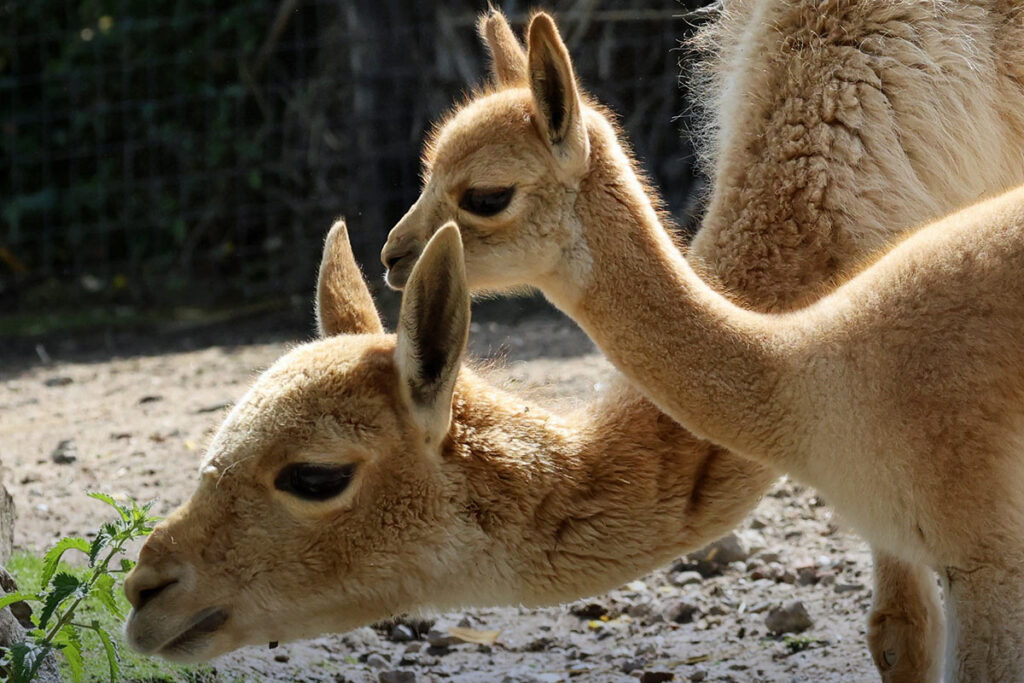
The vicuña, a wild relative of the alpaca, produces the finest animal fiber on Earth—so soft and light it was once reserved exclusively for Incan royalty. Living at elevations above 12,000 feet in the Andes, their fleece traps heat while remaining breathable, perfectly adapted to extreme temperature swings. Shearing is done only every two to three years, under strict regulation to protect wild herds. This rarity, combined with the labor-intensive process, makes vicuña wool one of the most expensive and sought-after textiles in the global market.
14. Alpaca — Domesticated Softness for Cold Mountain Life
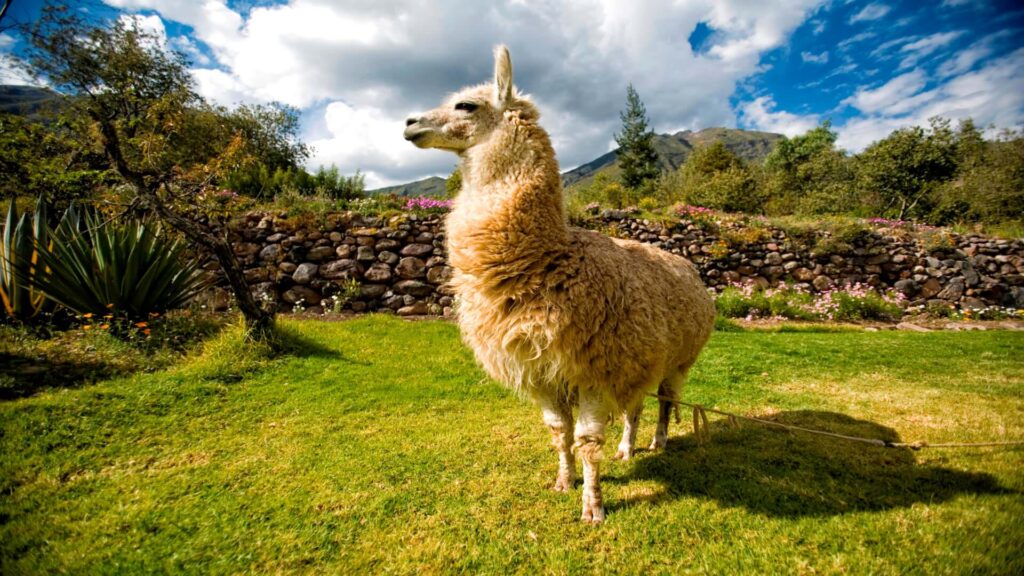
Domesticated in the Andes for thousands of years, alpacas produce fleece that is softer, lighter, and warmer than sheep’s wool. Free of lanolin, it’s naturally hypoallergenic and comfortable against the skin. Alpaca fiber comes in more than 20 natural shades, from pure white to deep black, and insulates in both cold and warm weather. Beyond its softness, this fleece is durable, moisture-wicking, and prized in textiles worldwide. In high-altitude regions, it remains vital for making warm, weather-resistant clothing essential to mountain life.


